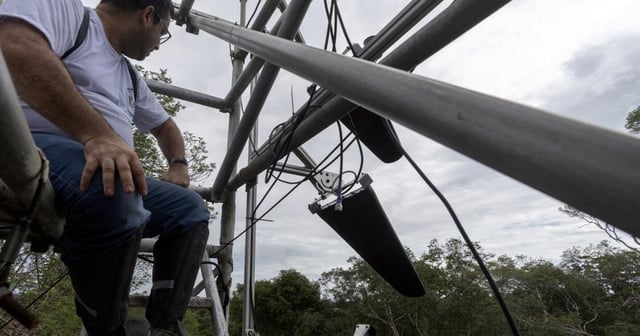Overview
- The Esecaflor project began in 2000 in Brazil’s Caxiuana National Forest, using 6,000 transparent panels to divert roughly half of rainfall from a one-hectare plot.
- After 24 years, the drought simulation led to a 40% decline in vegetation mass and flipped the test plot from a carbon sink to a net emitter.
- Contrary to earlier models, the stressed forest did not convert to savanna despite decades of reduced water input.
- Short-term droughts driven by recent El Nino events have similarly reduced rainfall and raised temperatures, highlighting parallels between experimental and natural stress.
- Researchers will monitor soil moisture dynamics and tree regrowth to determine the Amazon’s resilience and implications for the global carbon cycle.


